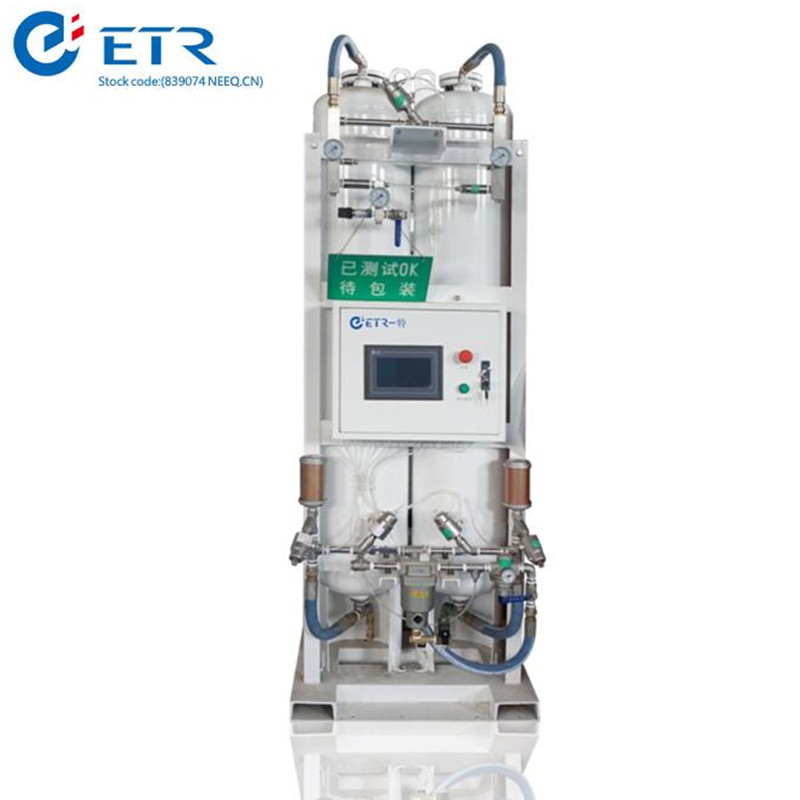The leaved-leaved tree is the evergreen shrub of the genus Forsythia. Plants are clustered; stems are 20 to 40 cm tall, green, branched; leafy branches that are flattened green, leathery, flattened, ovate to lanceolate. Shaped, with base of arcuate veins; leaves degenerate into scaly; dioecious, floret white-green, born in the middle and lower part of leafy branches midrib; berries red, small spherical.
The native leaves of North Africa and South Europe are warm and humid, and they have a sunny environment. They are half-shade tolerant, slightly tolerant to yin, and are afraid of exposure to the sun. They are not tolerant to cold.
Potted plantations should use loose, fertile, slightly ventilated, slightly acidic sandy loam soil as potted soil. Watering masters the principle of “do not do it, do it with water, and pour it outâ€; basin soil water and excessive drought are not conducive to plant growth. When the air is dry, the plants should be sprayed with water to increase the air humidity and avoid the dry edges of the leafy branches. Apply cooked thin liquid fertilizer or compound fertilizer every 15 days or so.
During the growing period, the fake leaf tree pots should be maintained in a bright place with no direct light. Appropriate shading at high temperatures during the summer; winter moved to a sunny room, control watering, so that the plants dormancy, and wintering safely above 5 °C. Turn over once every 2 to 3 years in the spring.
The propagation of the false leaf tree can be carried out in combination with the ramets during spring replacement by removing the plants from the pot, removing the rotted roots, dividing the rhizome into several sections and planting them separately. The newly planted plants were irrigated and maintained in a place without direct sunlight. The plants were often sprayed with water to allow them to regrow in a humid environment. However, the soil was not suitable for the recovery of the roots, and other plants began to grow new. The normal management of the foliage. In addition, sowing can also be used to reproduce, but because the pseudophylla is a dioecious plant, artificial pollination can only be the result. The leaves of the fake leaves are dense green, often cultivated as a foliage plant, and they are furnished in the living room, hall, etc., elegant and generous, and the branches and leaves can be dyed after drying, and used as decorations.
With PSA principles, ETR medical PSA Oxygen Generator can produce 93%±3% purity oxygen gas directly from compressed air. Compared with traditional Bulk liquid oxygen and cylinders oxygen, ETR on-site PSA oxygen generator can reduce cost down to 50 percentages. They can produce oxygen by your will, overcoming the limits of distance, location and transportation.
Compressed air is purified through the air dryer and filters to a certain level for main generator to work with. Air buffer is incorporated for smooth supply of compressed air thus to reduce fluctuation of compressed air source. The generator produces oxygen with PSA (pressure swing adsorption) technology, which is a time proven oxygen generation method. Oxygen of desired purity at 93%±3% is delivered to oxygen buffer tank for smooth supply of product gas. Oxygen in buffer tank is maintained at 4bar pressure.

Oxygen Generator
Oxygen Generator,Psa Oxygen Generator,Medical Oxygen Generator,Hospital Oxygen Generator
Hunan Eter Electronic Medical Project Stock Co., Ltd. , https://www.centralgas.be